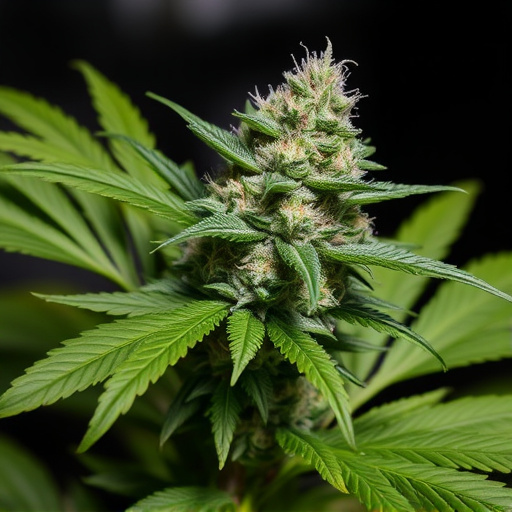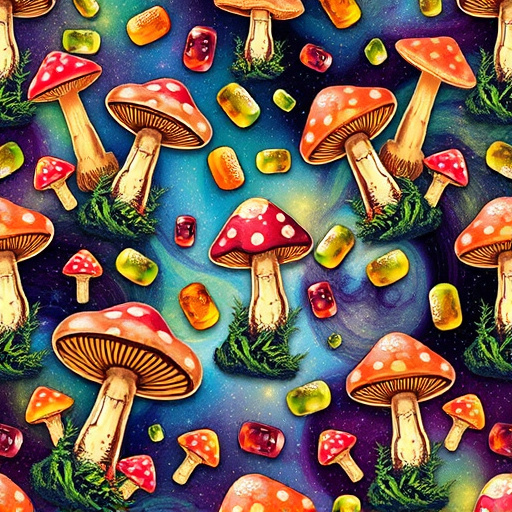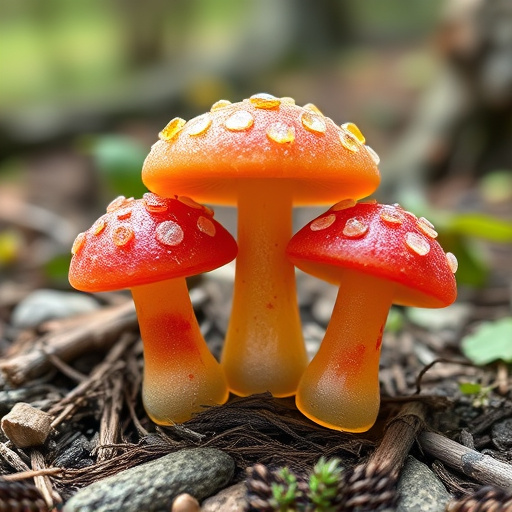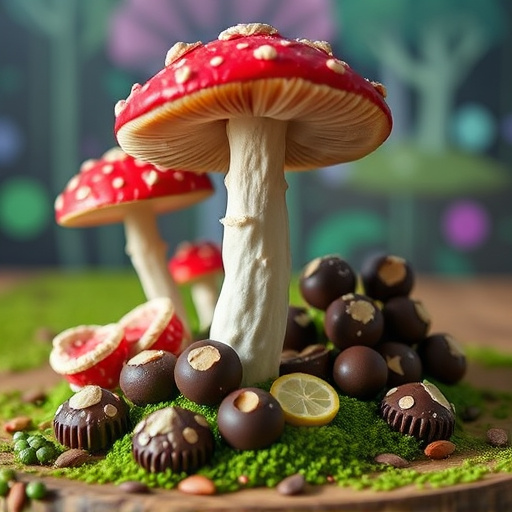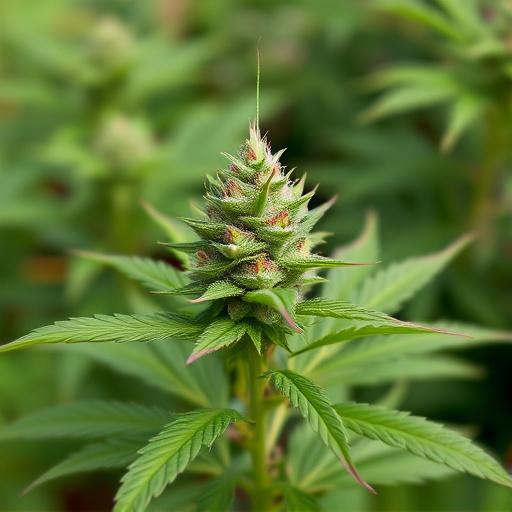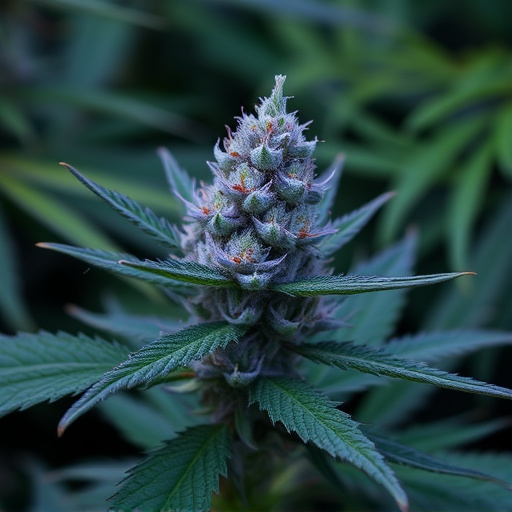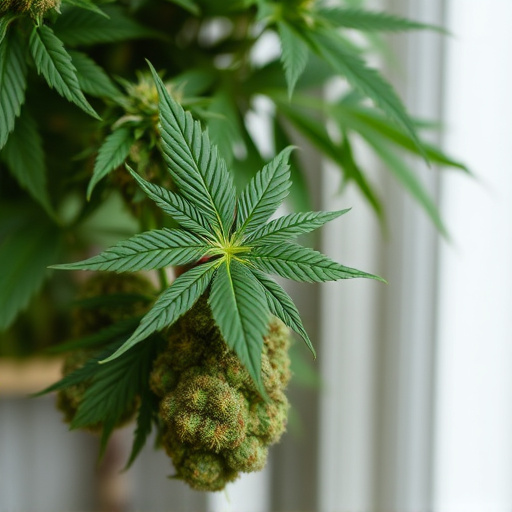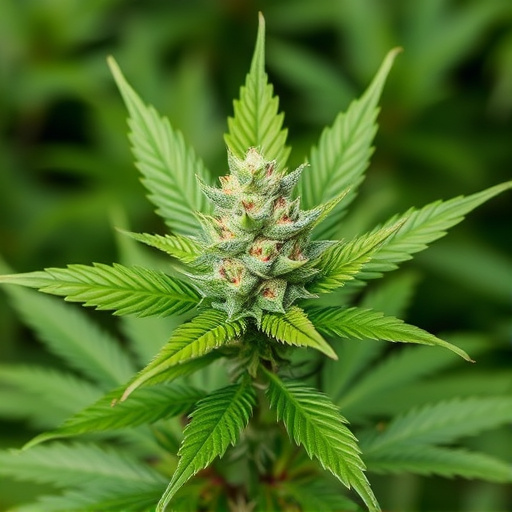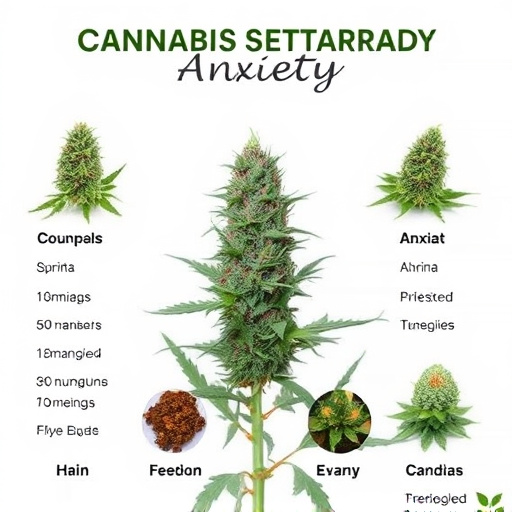Temperature manipulation is crucial in optimizing cannabis consumption for anxiety relief, affecting the absorption of key cannabinoids THC and CBD. Lower temperatures preserve their integrity and bioavailability, while higher ones can lead to degradation. Using methods like vaping allows precise temperature control, enhancing solubility and delivery to the brain and body. Optimizing consumption temperature through vaporization enhances bioavailability, tailoring relief to individual needs, making cannabis a versatile tool for managing stress and anxiety.
“Unraveling the intricate relationship between temperature and cannabis absorption is a game-changer in understanding how to optimize therapeutic benefits, especially for managing anxiety. This article delves into the science behind ‘cannabis strains for anxiety’ and how temperature impacts the absorption of key compounds like THC and CBD. By exploring the ideal temperature ranges, we aim to provide insights that can enhance consumer knowledge, ensuring effective and safe cannabis utilization.”
- Understanding Temperature's Role in Cannabis Absorption
- The Impact on THC and CBD at Different Temperatures
- Optimizing Consumption for Anxiety Relief with Cannabis Strains
Understanding Temperature's Role in Cannabis Absorption
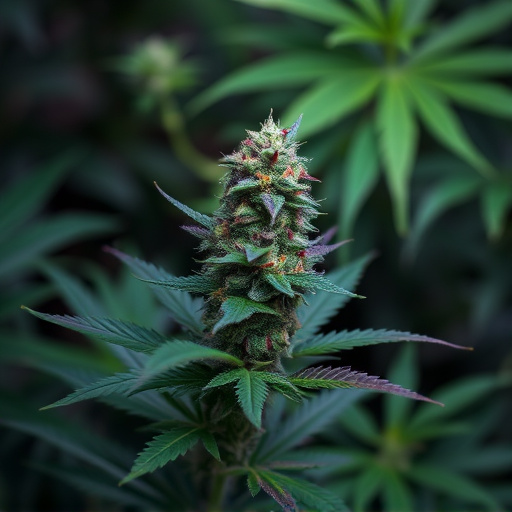
Cannabis users often seek optimal consumption methods to enhance their experience, especially when targeting specific effects like those sought by folks using cannabis strains for anxiety relief. Temperature plays a pivotal role in how our bodies absorb and process cannabinoids, including THC (tetrahydrocannabinol) and CBD (cannabidiol). Heating cannabis triggers the release of these compounds from the plant matter, making them available for absorption through inhalation or ingestion.
The temperature at which cannabis is heated significantly impacts the absorption of THC and CBD. Different consumption methods, such as vaping, smoking, or edibles, involve varying temperature ranges. For instance, vaping offers a precise temperature control, allowing users to extract specific cannabinoids. Optimal temperatures enhance the solubility of these compounds in fat-soluble molecules, facilitating their entry into the bloodstream and subsequent delivery to the brain and body tissues. Understanding this relationship between temperature and absorption is key to tailoring cannabis consumption for desired effects while ensuring safety and efficacy.
The Impact on THC and CBD at Different Temperatures
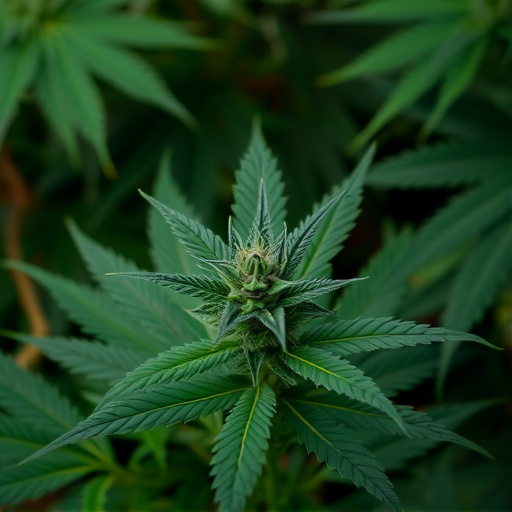
The absorption of cannabinoids, notably THC and CBD, is significantly influenced by temperature. These compounds are thermosensitive, meaning their effectiveness changes with heat. Lower temperatures tend to preserve the integrity of THC and CBD, ensuring they remain bioavailable when consumed. This is particularly relevant for cannabis strains used to alleviate anxiety, as it maintains the desired therapeutic effects.
At elevated temperatures, THC and CBD can undergo degradation, reducing their overall potency. This effect is noticeable in various consumption methods like vaping or heating cannabis products. To optimize absorption and preserve the benefits of these compounds, especially for medicinal purposes such as managing anxiety, consumers should be mindful of temperature control. Using specific consumption tools designed to maintain cooler temperatures can help ensure cannabis strains offer the intended therapeutic response.
Optimizing Consumption for Anxiety Relief with Cannabis Strains
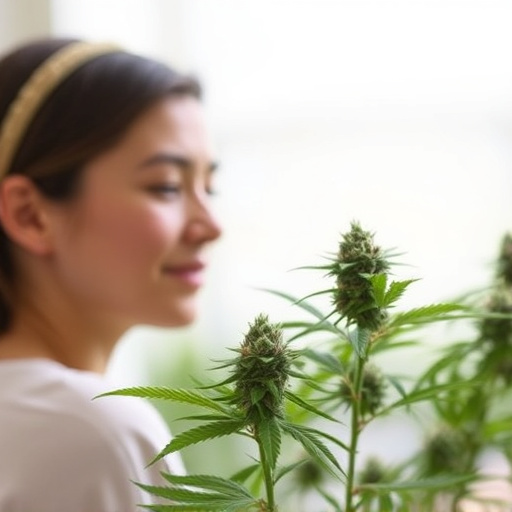
When it comes to managing anxiety, many individuals are turning to cannabis as a natural alternative. Optimizing consumption involves understanding how temperature impacts THC and CBD absorption. These cannabinoids play a significant role in cannabis’s anxiolytic (anxiety-relieving) properties. Research suggests that consuming cannabis at specific temperatures can enhance the bioavailability of these compounds, thereby increasing their efficacy in alleviating anxiety symptoms.
For those seeking cannabis strains for anxiety relief, it’s worth noting that different strains have varying ratios of THC and CBD, which can affect the desired effects. Some strains are bred to have higher levels of CBD, known for its calming properties without the intoxicating effects of THC. Optimizing temperature during consumption, be it through vaporization or other methods, can ensure maximum absorption and tailored anxiolytic benefits, making cannabis a versatile option for managing stress and anxiety.
Temperature plays a significant role in the absorption of THC and CBD, impacting their effectiveness in cannabis strains used for anxiety relief. Understanding how temperature affects these compounds allows consumers to optimize their consumption methods. By controlling the temperature during vaporization or ingestion, individuals can enhance the bioavailability of desired cannabinoids, potentially improving the overall therapeutic effect of cannabis strains specifically chosen for managing anxiety.



